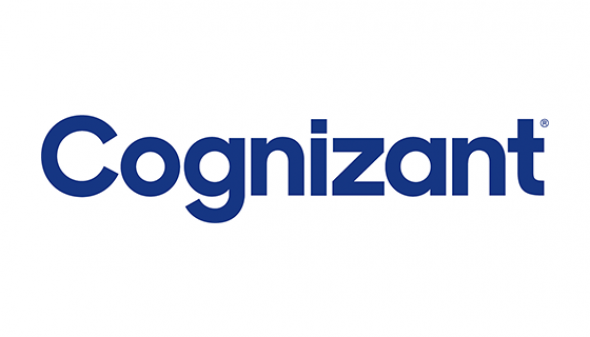
Email is a mixed blessing for commercial lines insurers: It’s a fast, convenient way to communicate with policyholders, but because of email’s freewheeling format, every message is different and standards are few.
Enter artificial intelligence (AI). AI is perfectly suited to tackle the one-million policy servicing request emails that flow through insurers’ inboxes every year. Advances in natural language processing (NLP) make it possible for AI solutions to read the conversational style of emails. Machine learning (ML) capabilities allow them to grow more accurate over time.
Every insurer knows email service requests vary wildly in their format and content. Some requests include attachments. Some warrant a simple response, while others require research. No two are the same.
Managing the requests – and the time spent by operations teams reviewing, processing, and responding to them -- presents an operational challenge for insurers. Equally important, it presents an opportunity for differentiation: insurers’ focus on customer experience makes it vital for them to be available to respond to clients 24 hours a day, seven days a week. AI lets insurers address the challenge with solutions that are scalable and cost-effective, as well as repeatable across multiple lines and processes.
Together with a leading P&C insurer, we partnered to develop an AI-based solution that uses a cognitive engine to process service requests. The result? The pilot project’s automation of three transactions -- cancellation and endorsement requests, and certificate issuance – was successful for 60 to 80% of emails. It slashed the manual work involved by 50%. The insurer’s goal is to automate 200 transactions, allowing it to downsize its offshore support efforts and redeploy onshore staff to underwriting tasks such as ratings and risk assessment.
Here’s how the email solution works: It retrieves messages from mailboxes and then pairs Optical Character Recognition (OCR) capabilities with pattern-based extraction to read the messages’ content. A NLP engine identifies the email’s intent -- for example, notification of a telephone number change -- and extracts relevant data. An exception-handling mechanism routes difficult-to-interpret emails. If the solution’s confidence level drops below 80%, it automatically routes the request for human intervention.
Once the data has been ingested, the solution now has the information required to complete the transaction downstream. The solution’s cognitive engine – which includes its NLP, ML, and OCR capabilities -- creates an ACORD standard messaging output that allows the email request to seamlessly integrate with Guidewire PolicyCenter™, Guidewire ClaimCenter™, and Guidewire Underwriting Management™ modules. The solution facilitates ML by tracking manual edits and feeding them back into the cognitive learning module.
The insurer predicts the solution will save it more than $2 million next year. Moreover, the company estimates that manually managing the email service requests took employees approximately 10 minutes per email. Not only does the AI solution free employees to work on more human-centric tasks, but it has also improved customer service by eliminating the response lag time that occurred with offshore support. The requests can now be handled around the clock in just minutes.
As insurers move toward greater adoption of AI, and as AI technologies mature, we recommend organizations focus on the following best practices:
When it comes to examining your processes, conduct due diligence. No matter how well established, nearly every process includes steps that are regularly performed but not documented. Think of them as non-standard operating procedures. As you prepare to automate routine processes such as email, make sure you have a realistic understanding of every process’s steps so you can make informed decisions about your options.
Be prepared to supervise machine learning. Cognitive learning doesn’t solve every problem on day one. The more time you spend training the system, the more accurate its extractions will be. System supervision and manual intervention are important, especially when it comes to handling exception scenarios. For example, if an AI solution is unable to read a policy number because it’s smudged, it’s important that the insurer’s employees make a notation so the system makes the correct decision the next time it encounters a similar problem.
Set proper expectations. Cognitive and ML solutions require numerous trials and fine-tuning. For the email solution, our insurer client tested 5,000 emails to better understand the output and identify where the solution needed tweaking. The initial lift for a cognitive learning application might be 60%, growing to 70% in three months through the identification of exceptions and improved accuracy. For any AI pilot, the post-production learning cycle and efficiency improvement is a gradual learning process.
With email still the communication channel of choice for many policyholders, improving its response time while cutting the associated costs lets insurers provide the superior customer experience that differentiates them in the marketplace.